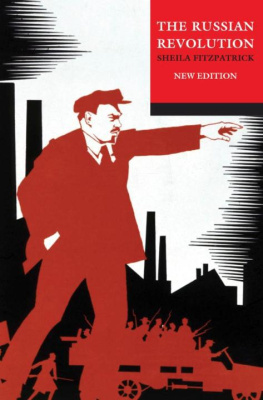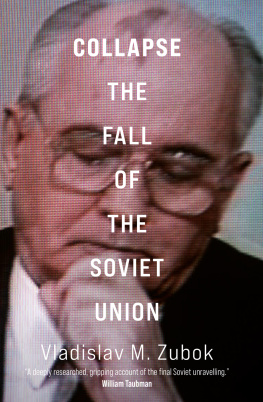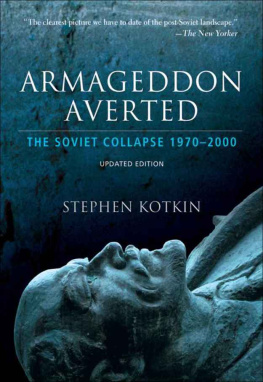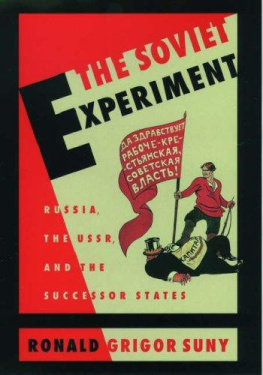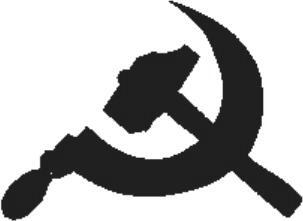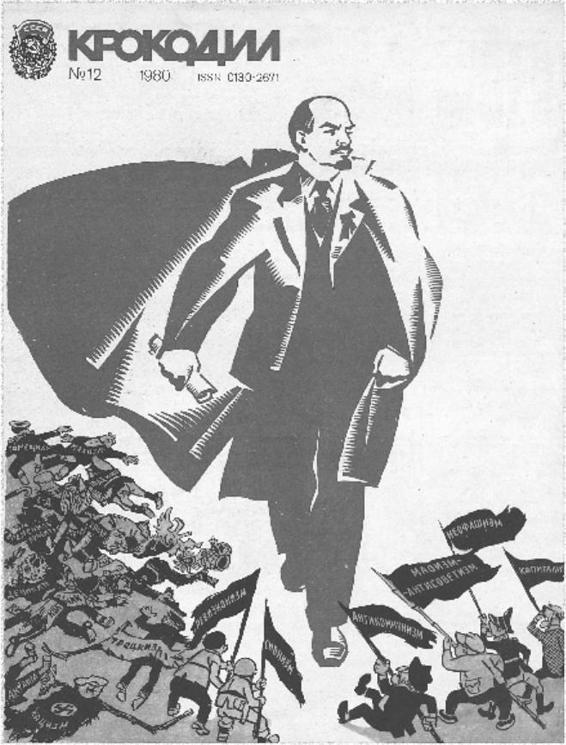SELECTED PRAISE FOR SHEILA FITZPATRICK
On A Spy in the Archives
Absorbing exceptionally lucid a remarkable record not only of personal history, but of Soviet and indeed British history as well. Guardian
Fitzpatrick conveys, often with wry amusement, the texture of life as a student in Moscow. Times Literary Supplement
--
On Everyday Stalinism
One of the most influential historians of the Soviet period describes what it was like to live under Stalin in the 1930s years of unimaginable hardship and brutality but also of idealism, a surreal melange that [Fitzpatrick] captures with admirable matter-of-factness. Foreign Affairs
--
On On Stalins Team
A superbly researched, intelligent book. Guardian
It might seem strange to describe a book about Joseph Stalin and his entourage as a sheer pleasure, but thats what Fitzpatricks book is. Simple, honest, and direct, but subtle in tone, it manages to convey what was human and complex about something stark and inhuman. Foreign Affairs
--
On The Russian Revolution
A beautiful little introduction This is a fine work for students, as well as for general readers looking for a window into the Russian enigma. Robert V. Daniels
In memory of three Sovietologists from my American
life who died while this book was being written:
Jerry F. Hough (19352020)
Stephen F. Cohen (19382020)
Seweryn Bialer (19262020)
and of my Moscow mentor, the Old Bolshevik from
whom I learned the black comedy of Soviet history:
Igor Aleksandrovich Sats (19031980)
1980 should have been a good year for the Soviet Union. Finally, fifty-eight years after the creation of the Soviet Union and entering the sixteenth year of Leonid Brezhnevs boring but stable leadership, the country could relax and feel that the worst was behind it. Domestically, normality had been achieved; better times must lie ahead. Internationally, the country had become a superpower after World War II, admittedly still number two to the United States, but now at last reaching military parity.
It had been a bumpy ride a revolution and civil war to start off with, famine in 1921 and revolutionary leader Vladimir Lenins early death in 1924. Then came a new upheaval, launched at the end of the 1920s by Lenins successor, Joseph Stalin, involving forced-pace industrialisation and collectivisation of peasant agriculture, with famine in 19321933 as the aftermath. The extraordinary bloodshed of the Great Purges in 19371938 came next, hitting Communist elites particularly hard, followed quickly by World War II, when the erstwhile pariah state became an ally of the West. With the wars end and hard-won victory came the Soviet Unions unexpected, sudden rise to superpower status in a context of Cold War with the West. Nikita Khrushchev, emerging as top man after Stalins death in 1953, was a pursuer of harebrained schemes who seemed to bring the nation to the verge of war again in the Cuban missile crisis of 1961 before he was toppled in 1964.
And then, finally, Leonid Brezhnev took the helm, the stolid, genial man who didnt rock the boat but directed it into calmer seas, understanding the aspiration of Soviet citizens for a lifestyle closer to that of the United States and Western Europe. Brezhnevs task was made easier by an unexpected bonus: as of 1980, the world price of oil (of which the Soviet Union had become a major producer and exporter in recent decades) had doubled since the mid-1970s and stood at an all-time high.
Lenins cause triumphs, with defeated enemies at his feet, in this 1980 cartoon by A. Lemeshenko and I. Semenova.
Khrushchev had rashly promised that the country would achieve full communism by 1980. The more cautious Brezhnev shelved this in favour of developed socialism, an anodyne formulation that stood, in effect, for the economic and political system that already existed in the Soviet Union. But that was fine by the majority of Soviet citizens. They wanted more consumer goods for themselves, not communally shared goods, as would be delivered under the Communist model. It was a post-revolutionary moment, with the Revolution firmly consigned to history. The generation that had fought for it was now dead or pensioned off, and even the cohort (including Brezhnev) that rose as its beneficiaries under Stalin was approaching retirement. Brezhnevs own values in later life were more aligned with those the revolutionaries used to call bourgeois than those his predecessors had espoused. (A joke widely circulated at the time had Brezhnevs mother asking anxiously about his personal collection of expensive Western cars: But Lenya, what if the Bolsheviks come back?)
Living standards were up; a previously acute housing shortage had been ameliorated; no national or social groups were threatening revolt. The 1977 Constitution, affirming the success of the building of socialism in the Soviet Union, claimed that a new historical community of people, the Soviet people, had come into being. To be sure, the Soviet Union still had problems: a slowing economy; an unwieldy bureaucracy showing little desire or capacity for reform; periodic outbursts of discontent with Soviet tutelage in Eastern Europe; difficulties with the United States and dtente; and in the Soviet Union itself, the emergence of a small dissident movement with little support in the wider population but close ties with Western journalists. After Soviet troops went into Afghanistan on 24 December 1979, an international boycott campaign tarnished the Summer Olympics that proudly opened in Moscow in July 1980.
The West had made a totalitarian bogeyman out of the Soviet Union during the Cold War, equating Communism with Nazism as the antithesis of Western democracy, and one of the tenets of this theory was that a totalitarian regime, once in place, was immutable and could be overthrown only by external force. But that idea seemed less plausible when, after Stalins death, the regime not only failed to collapse but also showed itself capable of radical change. By 1980, totalitarianism, although remaining a powerful and emotive image for the Western public, had lost its appeal for scholars, American political scientists Stephen F. Cohen and Jerry Hough being among its challengers. Even in conservative quarters, hopes that had been cherished for more than sixty years about the imminent collapse of the Soviet regime were being quietly abandoned.
Summing up the consensus at a conference of mainstream American Sovietologists, Robert Byrnes noted that all of us agree that there is no likelihood whatsoever that the Soviet Union will become a political democracy or that it will collapse in the foreseeable future (my emphasis). An important text of US Sovietology, published by political scientist Seweryn Bialer in 1980, argued that it was time for the United States to give up vain hopes of regime change and accept that the Soviet Union was there to stay. In a similar spirit, the Library of Congress in Washington, DC, finally decided after decades of ignoring the existence of the Soviet Union in response to migr and Cold War pressure to bite the bullet and give the Soviet Union its own entry in the librarys card catalogue. This was an eminently reasonable move and, as virtually everyone in the Soviet research community agreed, long overdue. But in practice the library might have saved itself the trouble. Within a decade, as it turned out, there would be no Soviet Union to catalogue.


